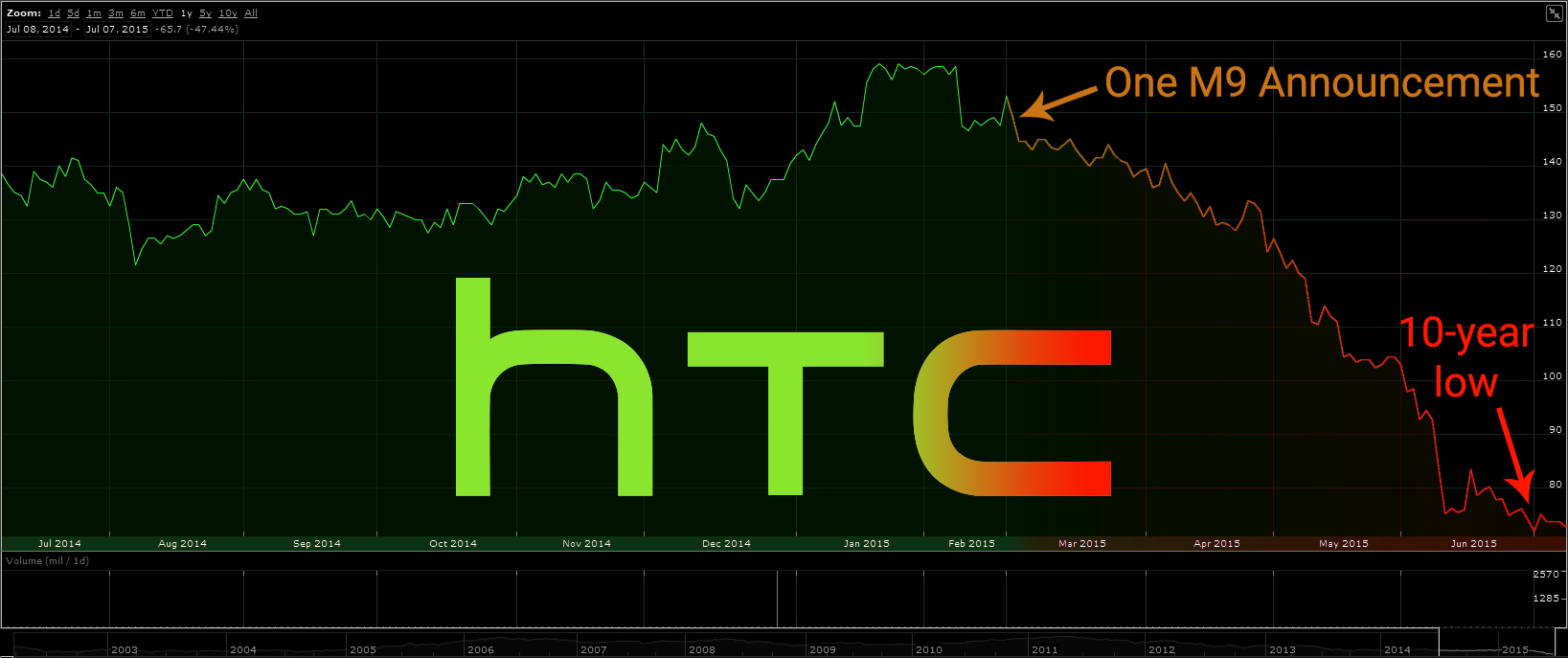Best Apps for Rooted Devices
Rooting your device can have a lot of upsides, including some amazing apps that aren't possible to use without root access. If you're curious about what rooting your device means, I've put up an
Intro to Root post to introduce you to what it means to root. Click the name of any of the apps to be taken to their Google Play page or other place to download them. Some of these apps are paid, so if you're low on money, check out my
latest tip about getting free Google Play credit.
AdAway is a simple ad blocking app which modifies your device's host file. The host file decides what connections to let through and which to block. AdAway adds many popular ad hosting sites to this list, causing your device to not let the connection through. It's simple, effective, automatically updating, and easy.
CF.lumen is an app made by the creator of SuperSU, Chainfire. If you've heard of f.lux on PC, this is a similar variant for Android. (Although I'd argue it has even more features and customization.) CF.lumen allows you to apply a reddish tint to your screen at certain times of the day, namely at night. This is useful because research shows that exposure to blue light before you try to go to sleep keeps you awake. Adding the red hue leads to better sleeping patterns. While there are many apps that have similar functionality, CF.lumen is the only f.lux-like app I've run across that allows you to take screenshots without also capturing the red hue. (Some drivers only.) CF.lumen is also Tasker compatible.
I've talked extensively about Tasker in a
previous post, but here's a quick rundown. Tasker allows you to fully automate most aspects of your device. It allows you to basically program new function into your device through a simple interface, and frankly, I couldn't live without it.
Greenify aims to provide better battery life by hibernating apps in the background when you aren't using them. If an app such as Facebook causes your device to run slow or keeps your device awake, you can have Greenify automatically hibernate it, causing it to use much less battery life until you open it again.
Titanium Backup's interface may be a little outdated, but it still functions perfectly. The goal of Titanium Backup is to backup both your apps and your app's data, allowing you to restore them across ROM installs or resets. It has automatic backups to the cloud, certain tools for clearing app data and disconnecting/connecting apps to the Google Play store, and more.
The Xposed Framework doesn't provide any functionality on its own. It's a framework which allows other apps to do things otherwise impossible for them without it. It requires some pretty complicated installation on Android 5.0 and above, so read up if your device is compatible before you install. It opens the door to any of the apps below on this list. Apps below require Xposed to work or function fully.
Amplify is a battery saving app similar to Greenify, except it works on a different scale. While Greenify hibernates specific apps, Amplify limits certain wakelocks. Apps cause wakelocks when they want to wake your device up from sleep to complete an action. Sometimes, wakelocks can go out of control, preventing your device from entering sleep and drastically lowering battery life. Amplify makes it so these wakelocks are limited or stopped completely.
GravityBox is a simple app which aims to tweak aspects of stock AOSP. If you have anything other than stock Android, it most likely will not work. GravityBox is famous for providing many of the same features of custom ROMs without the need to install a new ROM.















